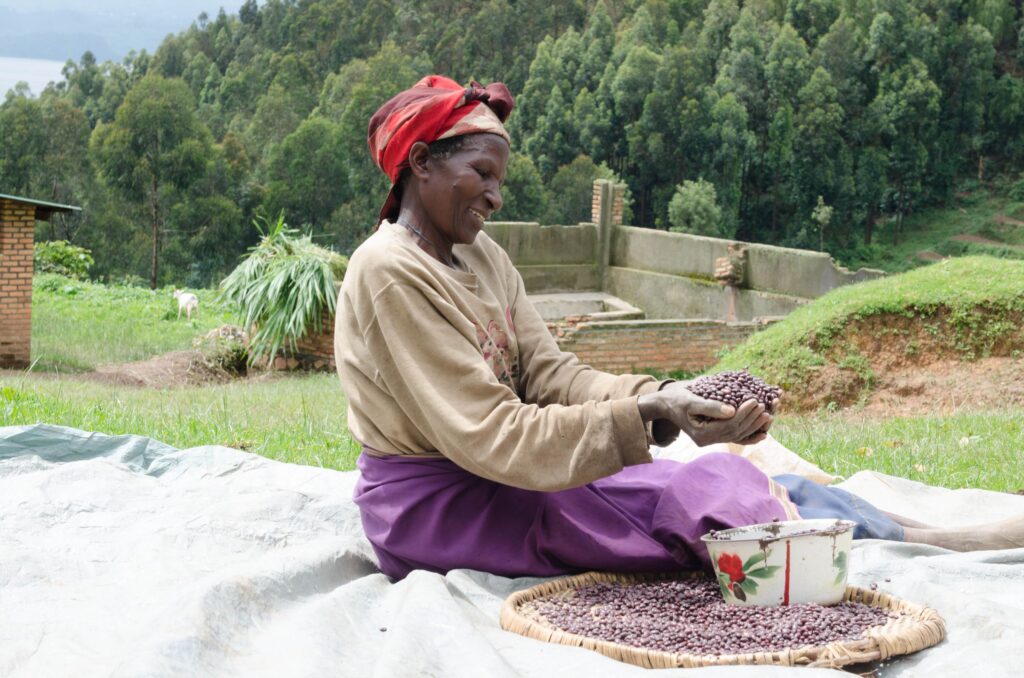“Let food be thy medicine, and medicine be thy food.”
This well-known quote from Hippocrates is perhaps never more applicable than now, in an era of recurring viral infection outbreaks that are capable of threatening lives, livelihoods, societies, and economies. The global COVID-19 pandemic is only the latest and most alarming example, following on the emergence in recent years of Severe Acute Respiratory Syndrome (SARS), Middle East Respiratory Syndrome (MERS), and others.
Modern medicine has made remarkable strides in finding methods to combat infectious diseases, but in all likelihood, we will continue to face periodic outbreaks of new viruses with no initial antidote available. In cases when specific vaccines for prevention or drugs for treatment do not exist or are not universally available, the most immediate frontline defense for people against infections is a healthy immune system.
Hippocrates’ sage advice has been backed up in modern times by scientific research showing that a key building block for strong immune systems is a healthy diet that allows people to meet their requirements for essential nutrients—particularly those nutrients that have the capability to boost immune system strength. Certain vitamins and minerals can be singled out for their well-known antiviral properties when safe levels of intake are not exceeded; these include the minerals zinc, selenium, and iron, and the vitamins A, D, C , and others.
Scientific research has shown that the amounts of these micronutrients found in healthy, diversified diets have a beneficial effect on the immune system’s ability to counter several but not all types of viruses. For example, in the case of zinc, in a recent review of this mineral’s role in antiviral immunity, Scott A. Read and co-authors note that “an abundance of evidence has accumulated over the last 50 years to demonstrate the antiviral activity of zinc against a variety of viruses, and via numerous mechanisms.” In another study, Inga Wessels and collaborators conclude: “Zinc can be considered as a gatekeeper of the immune system, since the adequate function of virtually all immune cells is highly zinc-dependent.”
As for vitamin A, the science has shown that it is crucial for the establishment and maintenance of the immune system in humans. Research involving the use of vitamin A supplements shows important positive effects as an adjunct treatment for some infectious diseases such as pneumonia and measles, as well as diarrhea and hand, foot and mouth disease. The World Health Organization also recommends that in developing countries with high infant and child mortality, children between 6 and 59 months should be supplemented semiannually with a high dose of vitamin A to prevent and treat diseases related to vitamin A deficiency and thus improve child health and survival.
However, billions of people around the world, particularly in low- and middle-income countries, are not being reached by supplementation programs (or food fortification, for that matter), and rely largely on less-nutritious, staple-based foods. Lack of essential micronutrients in their diets leave these people vulnerable to disease and infection. That’s why HarvestPlus works with several CGIAR centers and national agricultural research systems to develop and deliver staple crops that are biofortified to contain higher levels of iron, vitamin A, or zinc.
“The proven role of zinc in bolstering immunity to viruses and other health threats provides another good reason for our support for breeding wheat and rice varieties with elevated zinc,” said Lawrence Kent, Senior Program Officer, Agricultural Development at the Bill & Melinda Gates Foundation, which is a funder of HarvestPlus.
The logic of biofortification is to make essential micronutrients readily available to smallholder farmers and other low-resource populations through the foods they eat every day. These biofortified crops now reach over 40 million members of smallholder farming households, and a robust body of scientific evidence attests to the benefits of these crops for nutrition and health.
Biofortified staples with higher vitamin A and zinc can be an important safety net for maintaining healthy immune systems. for millions of vulnerable people whose sustenance relies on one or two food crops like corn, rice, wheat, pearl millet, beans, lentils. Zinc- and vitamin A-biofortified varieties of multiple crops are now available in several countries across Asia, Africa, and Latin America and the Caribbean. While dietary diversity is the preferred and ultimate solution to such micronutrient gaps, biofortification can ensure that the foods eaten daily by the most vulnerable people are providing the nutrients they need to stay healthy.
Viral and bacterial infections cause millions of premature and preventable deaths in low- and middle-income countries around the world every year. The current outbreak redoubles our commitment to make micronutrient-rich staple crops widely available to the most vulnerable populations. This mission is all the more urgent in the current global health environment.
For more information: email [email protected]
